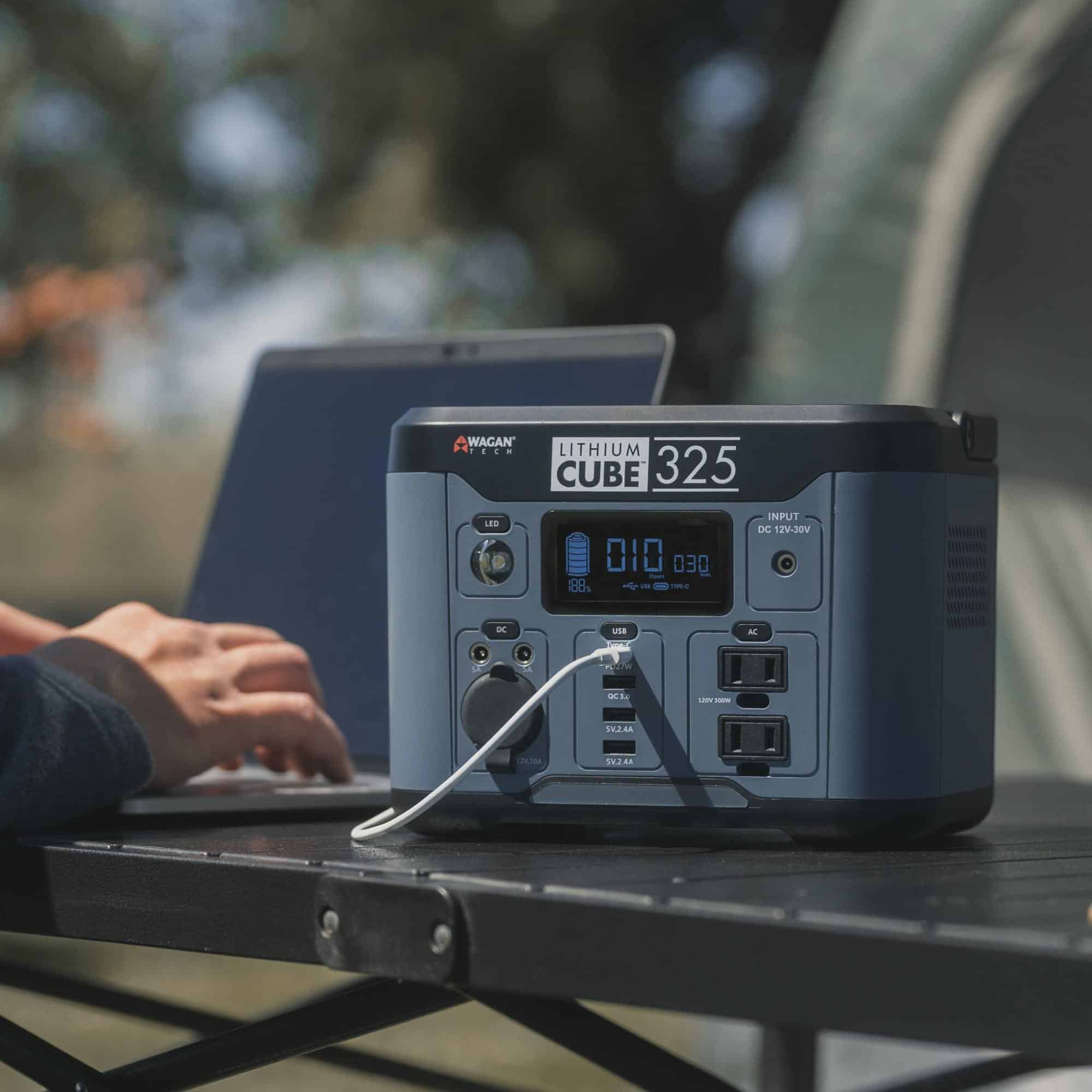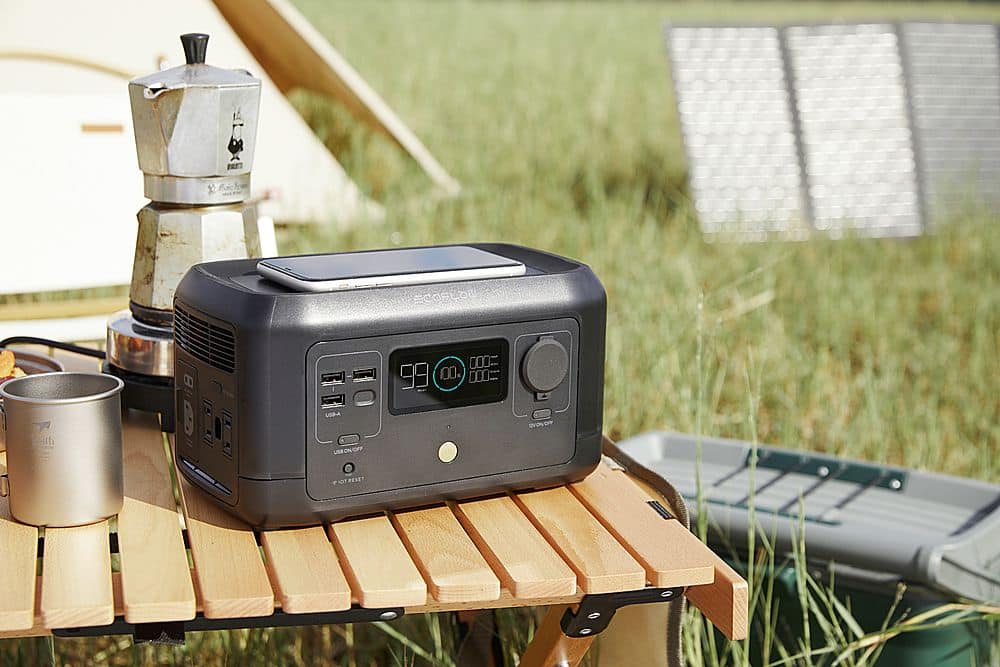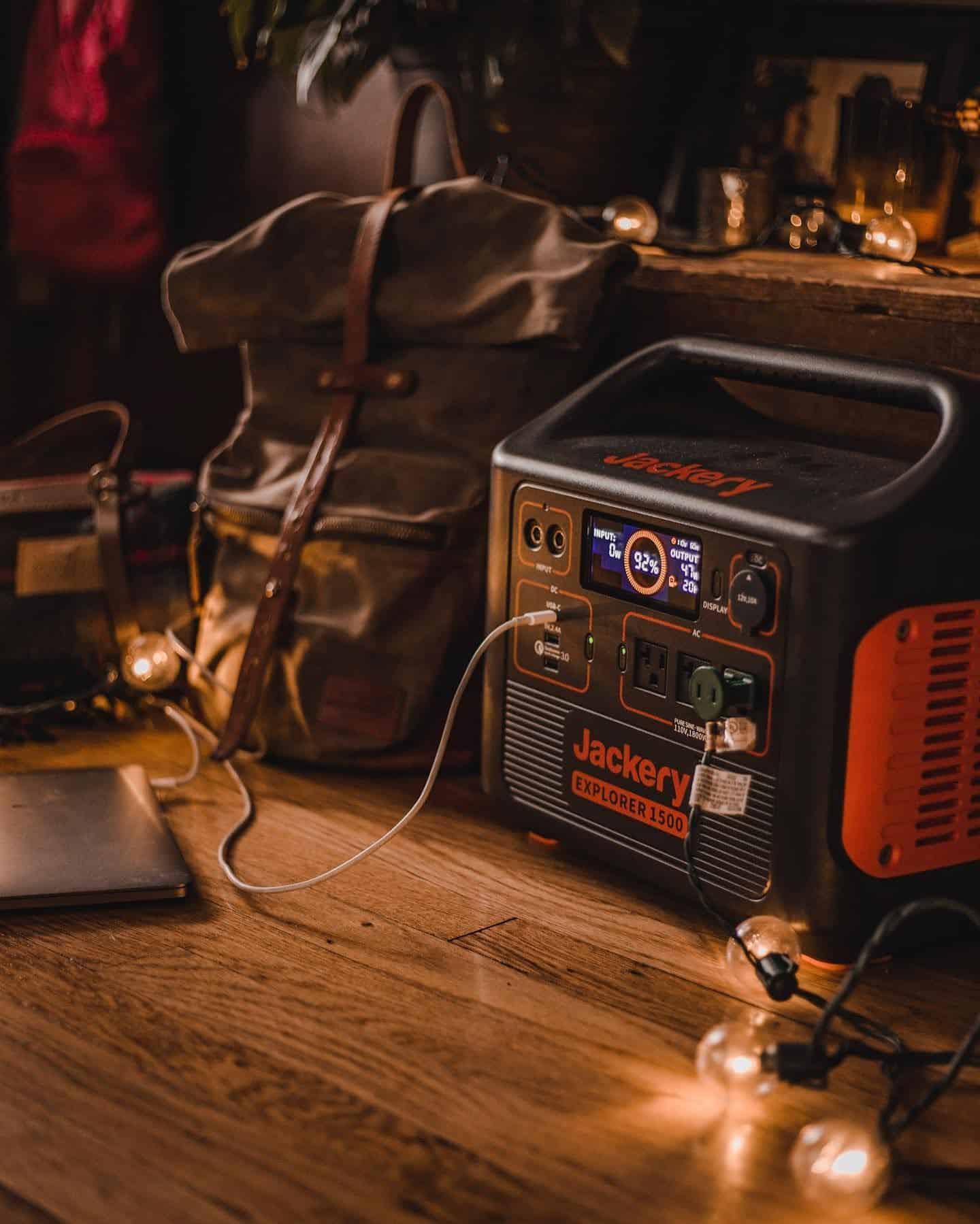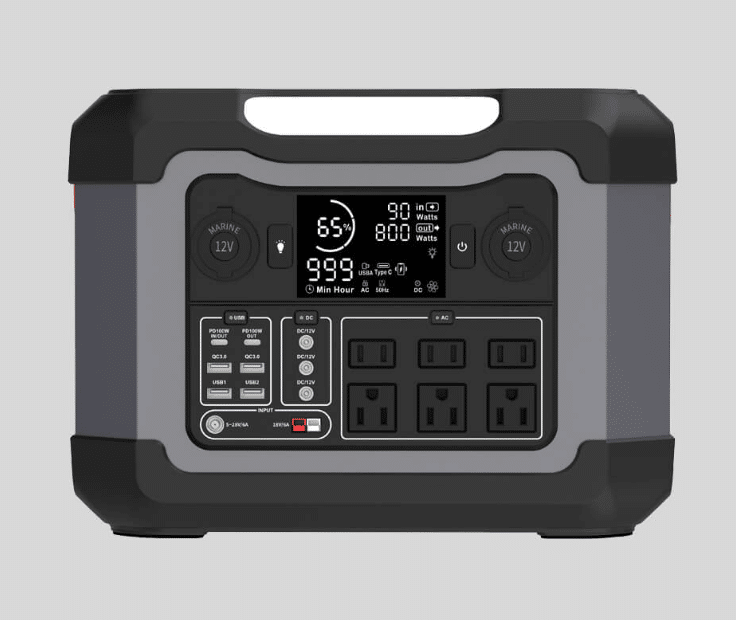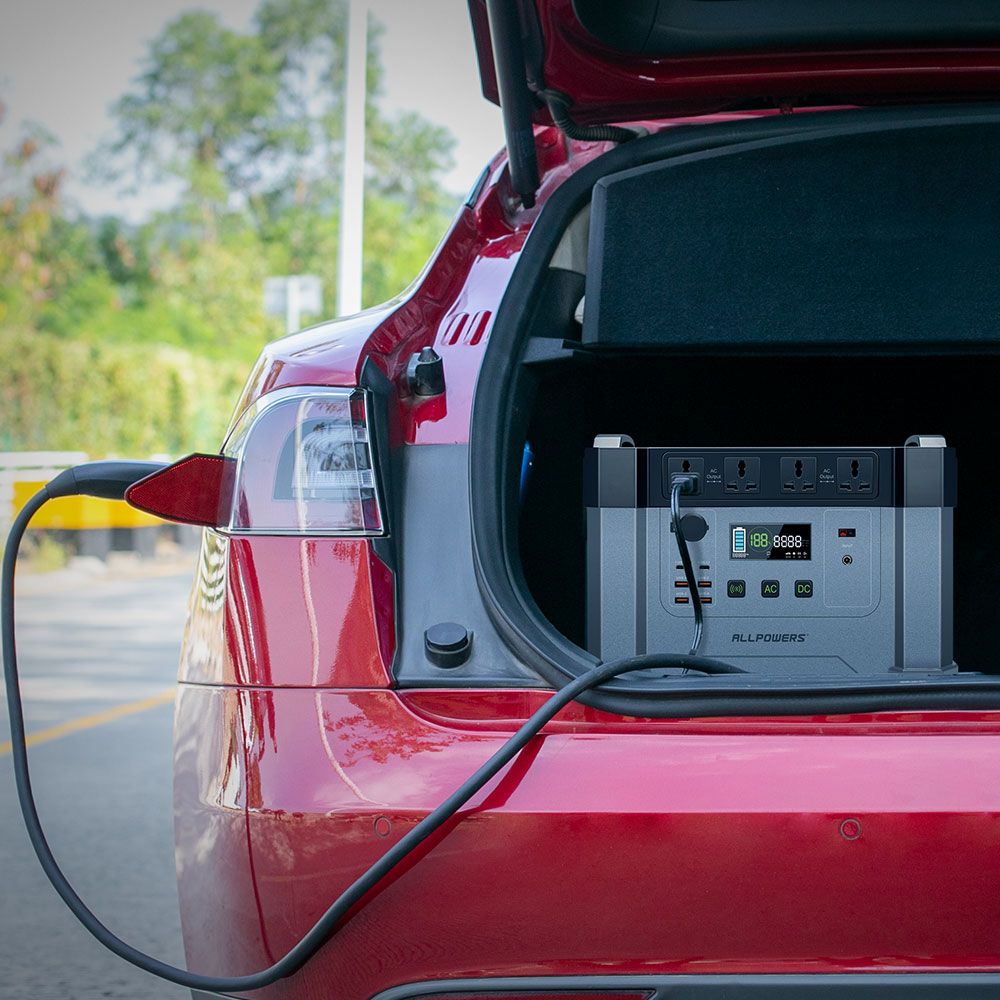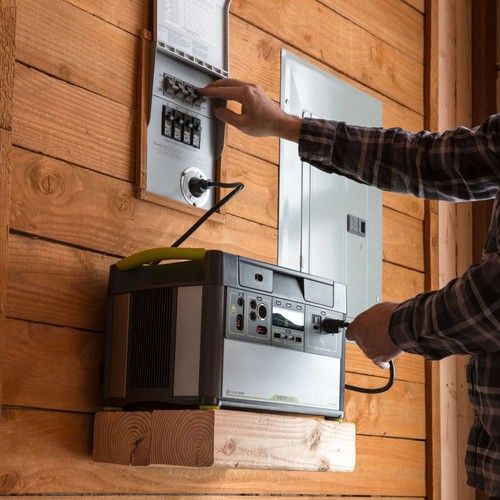Choosing a deep cycle battery for your solar, boat, trolling motor, and other appliances are paramount, with things you should look for when selecting one. Now let’s dive deeper into the battery as we consider the brand best for you.
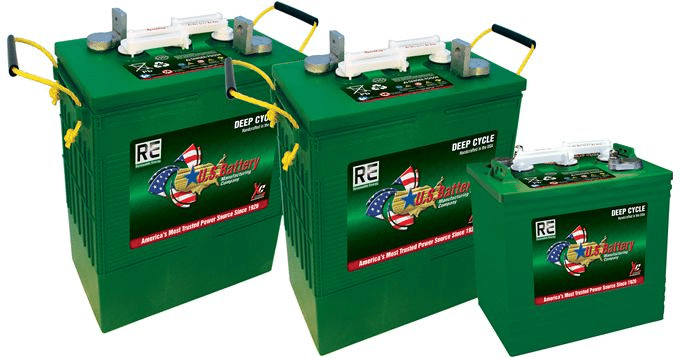
Image Source: AltEnergyMag
What is the Meaning of Deep Cycle Battery
What Does Deep Cycle Mean
A deep cycle denotes an electric battery type that discharges and charges several times. Deep cycle batteries are designed to discharge using most of their capacity constantly. Deep cycle battery drains and recharges several times over. Deep-cycle marine batteries are not likely to overheat because their thicker plate is constructed to withstand high temperatures when the current is heavy.
What Makes Deep Cycle Batteries Different?
Deep cycle batteries are lead batteries that provide sustained power over a long period and can run until it’s 80% discharged or more and gets recharged simultaneously. It falls into several categories: absorbed glass mat (AGM), flooded lead acid (FLA), valve-regulated lead acid, etc.
Commonly a deep cycle battery is for industrial forklifts, motorized wheelchairs, traffic signals, and many others. Although you can use it in the car, it isn’t well-suited. This is because its power is significantly reduced in cold weather.
Deep Cycle Batteries vs. Regular
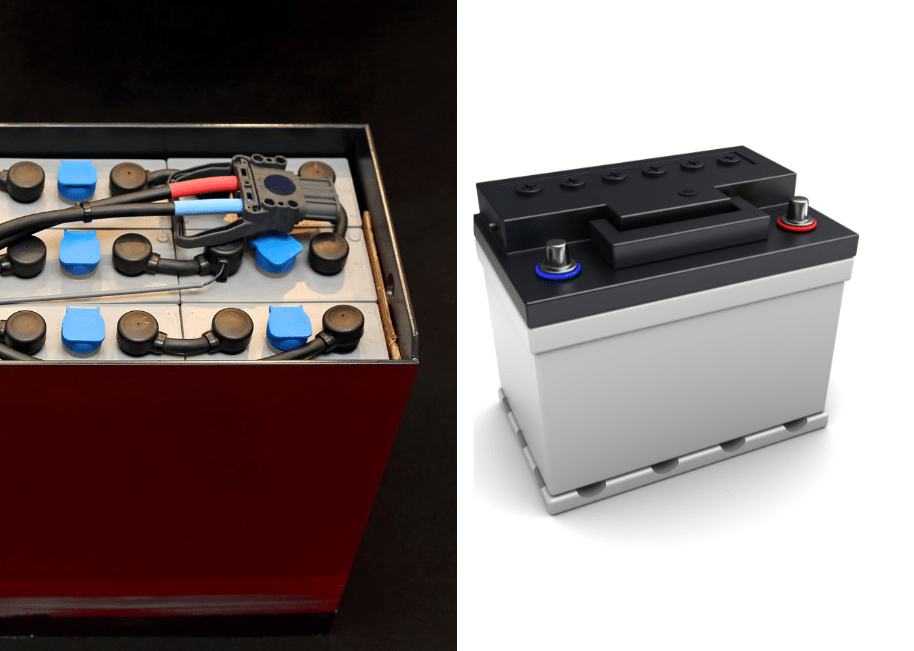
Image Source: Canva
The difference between deep cycle regular batteries is listed below;
- Regular batteries, like a car battery, provide electricity in a shorter burst, while deep cycle batteries provide ongoing, lower, but consistent power levels.
- A deep cycle battery runs until all the electricity is discharged, and you can connect it to a power source to recharge it, wiring batteries in series or parallel. In contrast, regular batteries discharge by 1-3% by time and can be recharged but not manually.
- Deep cycle batteries are made from thicker metallic plates, but regular batteries have thinner metallic plates.
Since deep cycle batteries provide sustained power over a long period, they’re ideal for applications that need more than a quick start, such as recreational vehicles, marine applications, etc. In comparison, regular batteries are used in electronics that constantly need low amounts of power, such as headlamps, bike lights, wall clocks, etc.
What Battery Type is a Deep Cycle Battery?
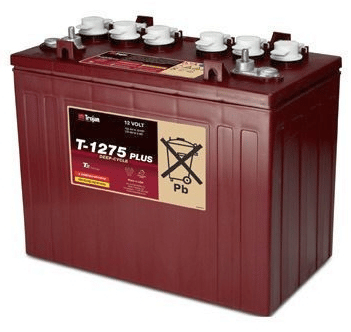
Image Source: Clean Energy Reviews
Deep cycle batteries are lead acid batteries that produce steady power output over a long time, discharging the battery and recharging simultaneously. An example of a deep cycle battery is a lead acid deep cycle marine battery of two main varieties; flooded lead acid and absorbent glass mat (AGM).
Interstate marine deep-cycle batteries is a brand that produces deep-cycle batteries for powering boats, and their accessories, whether the engine is on or not. Its new Marine EFB batteries provide the tough, long-lasting, deep cycles required to power boating accessories like fish finders, trolling motors, sound systems, etc. You can check out the product image below.
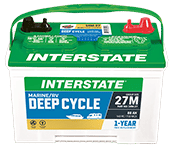
Image Source: Interstatebatteries
Flooded Lead Acid Batteries
Flooded lead acid batteries are the most basic and common type of lead battery. Flooded deep cycle batteries have thick acid lead plates, large separators, and high-density paste material. This design makes it resistant to corrosion that comes as a result of multiple charges and discharge cycles.
The acid lead plates are suspended in a sulphuric acid solution. This electrolyte moves freely in the battery encasement, and when charged, the acid lead plates react to store electricity.
A tubular battery is a similar lead acid battery and an alternative to the flooded lead acid battery. It’s better equipped and has a longer service lifespan to meet long power pack needs.
AGM Batteries (Absorbent Glass Mat Batteries)
AGM (Absorbent Glass Mat) batteries are lead acid deep cycle batteries with electrolytes that absorb into a fiberglass mat. The plates of a deep cycle AGM battery may be flat like a wet cell lead-acid battery or wound into a tight spiral. The internal resistance of an AGM battery is lower when compared to a traditional cell. However, they can handle higher temperatures and self discharges slowly.
A few of the best AGM batteries are;
- Universal Power Group 12V AGM battery
- Optima Batteries 8020-164 35 AGM battery
- Renogy Deep Cycle AGM battery
Gel Cell Batteries
A deep cycle gel battery is a sealed, valve-regulated battery consisting of a gel instead of a liquid, and it requires no maintenance to keep it running correctly. Gel battery produces few fumes and can be used in places with no ventilation. A few of the advantages of deep-cycle gel batteries include the following;
- Longer lifespan in tough weather
- Better cycle performance
- Flexible installation
- High rate performance
- Longer shelf life
This battery type is primarily used in cell phones, electric vehicles, marine equipment, and camcorders. Due to their spill-proof batteries, they are mainly used in electric cars.
Lithium-ion Batteries
Lithium deep cycle batteries manufactured from factories contain energy cells designed to produce sustained current over an extended period, making them suitable for cyclic and deep cyclic applications. It is the safest way to power your applications, such as solar energy banks.
You can order your lithium-ion batteries at the price of credible and well-trusted rechargeable lithium ion battery manufacturers like Sunly(www.sunlypower.com). We sell the best lithium deep cycle battery. Our battery is equipped with a standard Battery Management System (BMS), ensuring your battery is safe at all times.
What to Look for When Purchasing a Deep Cycle Battery
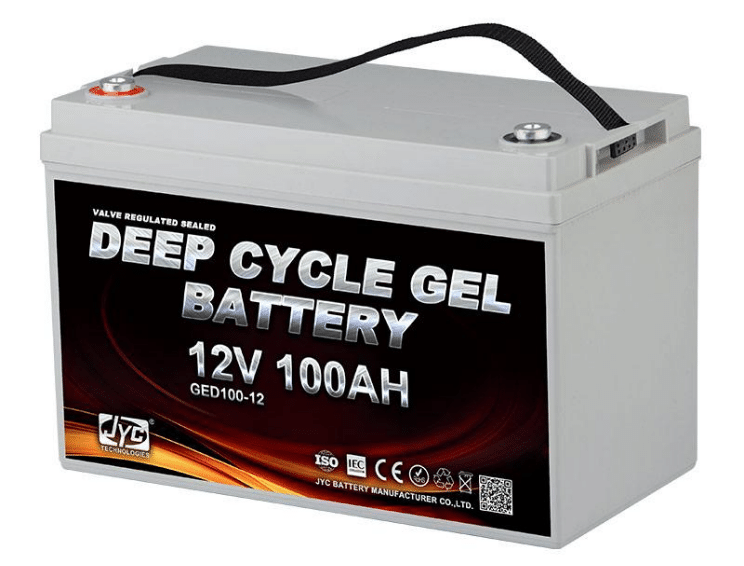
Image Source: meritsun
The best 12-volt deep cycle battery is a Lithium-ion LiFePO4 battery, designed with different specifications such as battery capacity, discharge cycles, charging method, etc. These features and considerations are what you need to clarify when choosing a 12-volt deep-cycle battery. Let’s further consider these features one after the other.
Battery Capacity
The batter term amp hour indicates the battery capacity of your deep cycle battery, showing how much current will de be dissipated at a specific time. For instance, a 200Ah battery at 20 hours (200/20 = 10) will produce 10amps for 20 hours. Typically, a deep-cycle battery is rated for a 20-hour discharge.
To charge your deep cycle battery, you should consider a minimum of a 5amp charger for smaller 12 volts deep cycle batteries and a 15amp charger for a pair of 6-volts. The reserve capacity on a deep cycle battery is the last minute a fully charged battery can maintain a designated constant load, usually 25amp, before discharging.
Discharge Cycle
The discharge cycle denotes how often a deep cycle battery can be charged and discharged without affecting its performance or capacity. Usually, when used properly, a deep-cycle battery can produce 200-3000 or more discharge/charge cycles. A battery with 1000 complete cycles can charge and discharge 1000 times.
A charger that produces 5 to 15 amps to charge your deep cycle battery, which is the exact rate of most deep cycle marine batteries.
Depth of Discharge (DoD)
The depth of discharge in your deep-cycle battery refers to how much of the battery will be discharged safely compared to its original capacity. That is the amount of possible discharge without affecting the future performance of your battery.
A battery with 80% DoD can discharge 20% of its original capacity. However, the recommended depth for deep cycle batteries is around 50%, half of the battery capacity, to avoid damage or system degradation.
Charging Methods
The best way to charge your deep cycle battery is to ensure you charge slowly, preferably overnight. Also, charge it frequently if you did not use the battery for a long while. This is because charging it overnight is friendlier to the internal component of the battery rather than charging it rapidly for a few times, increasing the internal temperature of your battery. It is also advisable to use a multi-stage battery charger that is compatible with your deep cycle battery.
Deep Cycle Battery Charging Time
The actual charging time of your deep cycle battery depends on several factors like battery charger, battery reserve capacity, age, etc. However, on average, depending on the battery type, it takes 2-16 hours for a deep-cycle battery to get fully charged.
A deep cycle battery stays for a long without charging when not used. It is also possible to fully charge it when completely dead. According to experts, depending on its size, type, and battery usage, it can last up to 30 days when not charged.
Battery Voltage Rating
The lowest voltage of a deep-cycle battery is 12.0 or below. At this stage, the battery is fully discharged or ‘flat’ and be reconnected to the power source as soon as possible. Keeping your battery at this voltage for an extended period is most likely to affect the lifespan. The voltage of a fully charged deep cycle battery should read 12.7 volts for a china 12-volt lithium battery.
What is the Best Deep Cycle Battery
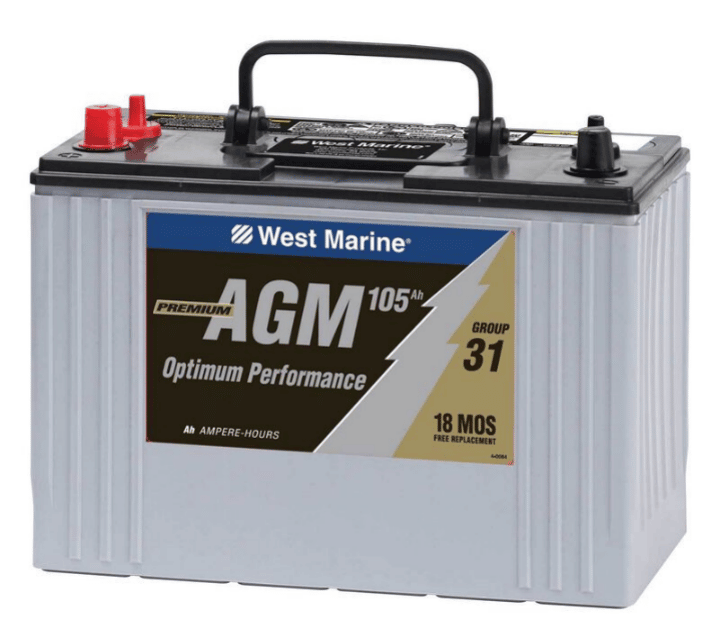
Are you seeking the best deep-cycle battery? If yes, you should be considering deep cycle battery supplier Sunly. We provide the best lithium-ion LiFePO4 battery solution, globally accepted across the nations of the world. Our product’s 12V deep cycle battery comes in different Ahs and is widely applicable.
Best Deep Cycle Battery for Camping
Absorbed Glass Material (AGM) is traditionally considered the best deep cycle battery for camping due to its features such as long-life performance, more vibration resistance, more profound discharge capacity, etc. However, it is much heavier and prone to overcharging, amongst others. This makes lithium deep cycle battery a preferred option over AGM. The former is more expensive and offers improved features over AGM batteries.
Best Deep Cycle Battery for Trolling Motor
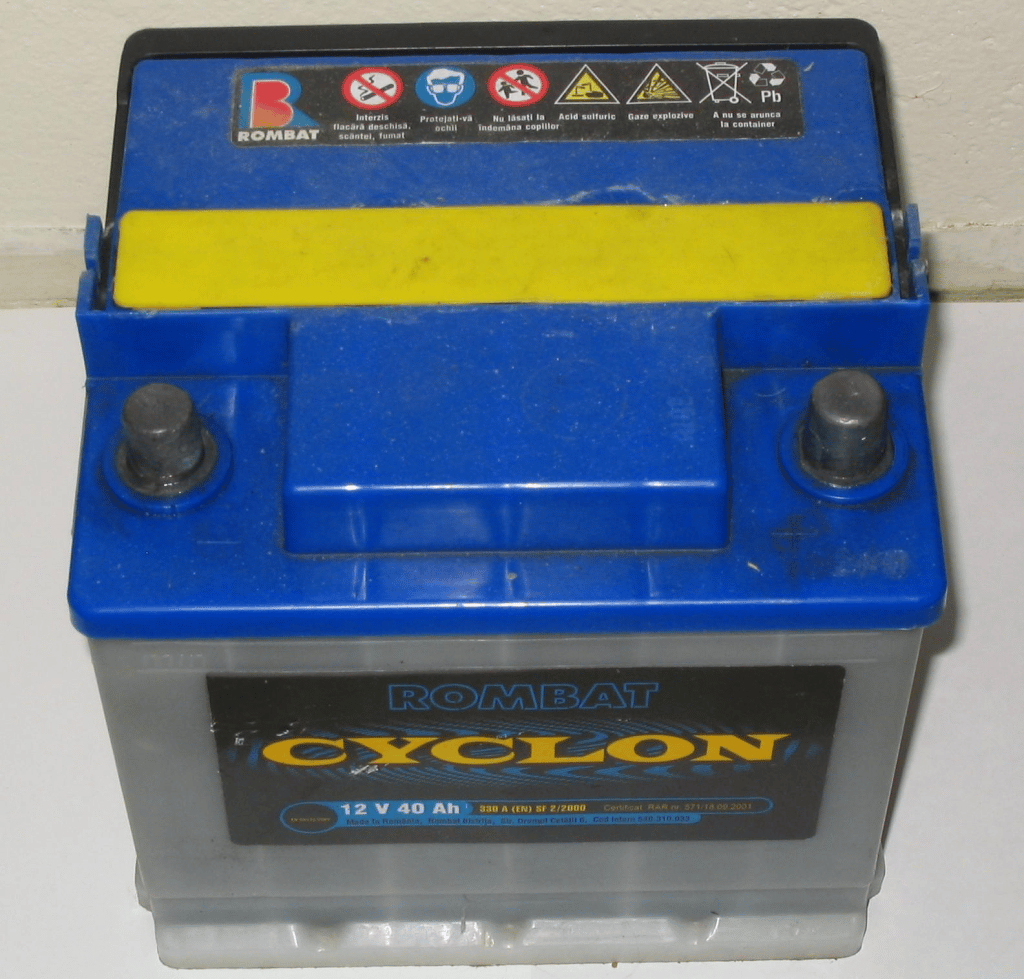
Lead acid batteries are the prevalent battery types for trolling motors. They can withstand frequent draining and recharging associated with trolling motors. However, a 12-volt deep cycle marine battery with at least a 110 amp hour rating is best for trolling motors. Note that the higher the amp-hour rating, the higher the run time your trolling motor will receive.
Best Deep Cycle Battery for an RV
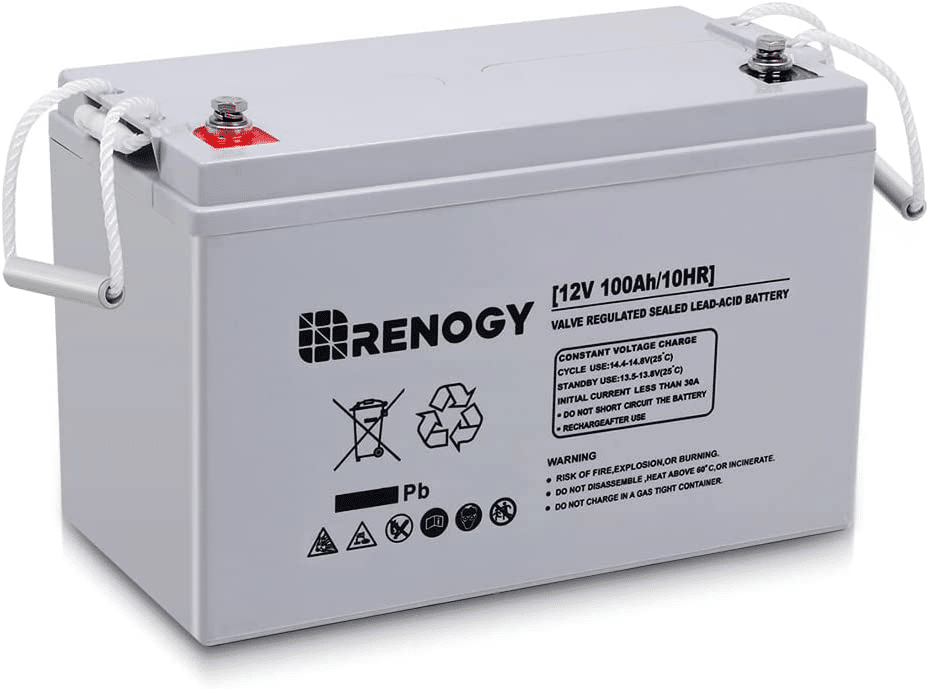
The lithium deep cycle is best to power the house option of an RV for appliances, lights, etc. It provides a 12-volt for an extended period and is designed for deep discharge and recharge cycles.
Best Deep Cycle Battery for Solar
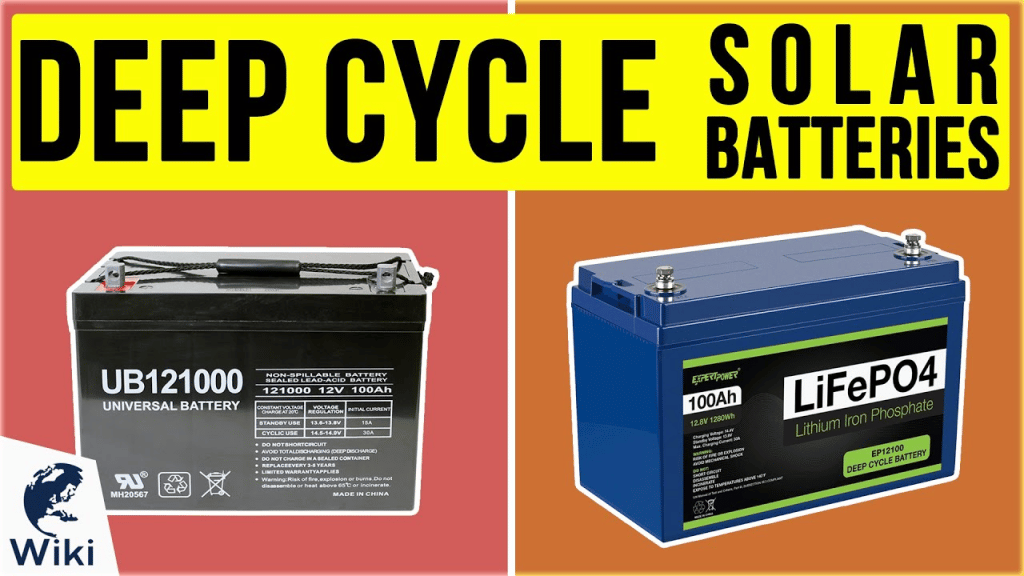
Deep cycle AGM batteries are a top pick for solars because of their low discharge rate, allowing maximum power storage. However, lithium deep-cycle batteries are the best for storing energy in solar systems. They’re more efficient, require no maintenance, charge faster, and are long-lasting. Also, their low internal resistance allows them to charge with minimal loss.
Best Deep Cycle Battery for Boat
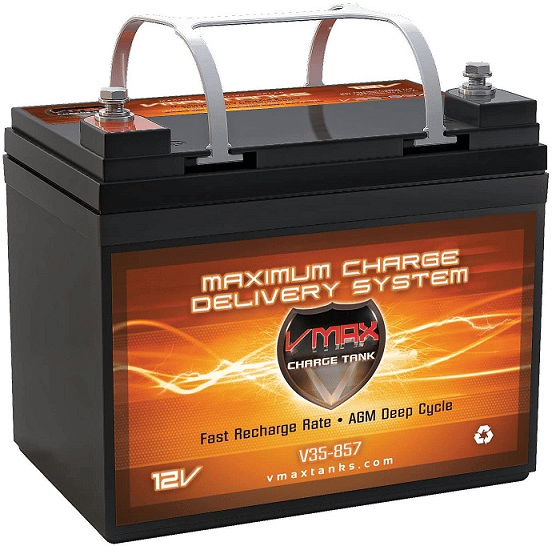
A deep cycle marine battery is perfect for boating escapades. The best option for any application involving deep cycling is a lithium deep cycle battery like LiFePO4 battery. This battery type uses lithium and iron salt to store energy rather than sulphuric acid and lead plates. They also eliminate the need for periodic maintenance.

